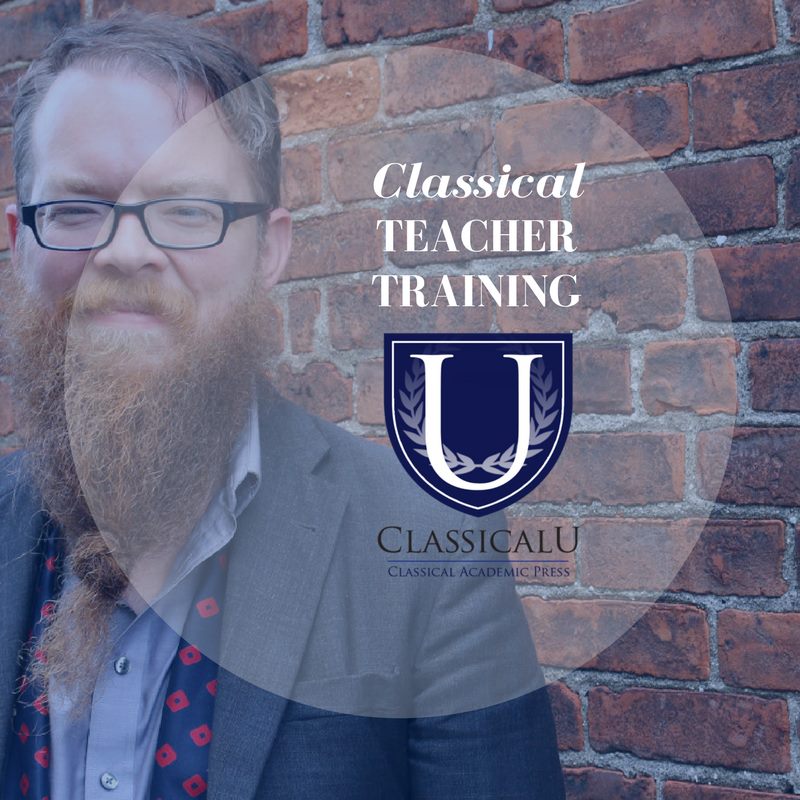What is Classical Education? Part II
My hat is off to my colleague and friend Bob Ingram, headmaster at the Geneva School of Orlando. He writes the lead article in the recent issue of Geneva’s monthly newsletter, The Courier, and addresses that irritating question of how to define classical Christian education in a sentence or two. He puts it this way:
For eighteen years the board, administration, and faculty have sought to compress the totality of a 2500 year-old educational system into one or two sentences. It is nearly impossible to achieve this goal, but on the other hand it is hard to ignore the persistent and ever-present question, “In a nutshell, what is Christian classical education?”
As you might guess, the Geneva leadership actually did put Christian classical education into a nutshell, which they can now hand out to the entire school community. Were they successful at cramming something so big into something so small? Bob relates in his article that the leadership tried to avoid two dangers in crafting a definition of CCE—the danger of reducing CCE to “one or two partially correct insights that cannot do justice to the rich heritage we preserve,” and the danger of expanding CCE to complex treatment that would exhaust the common man’s patience and interest. The Geneva leadership did work hard to create a two sentence definition of itself, coming up with this brief statement:
The Geneva School is: A Christian preparatory school that integrates the classical arts and sciences to transform students into life-long scholars. Geneva is recognized nationally for its unique strength in faculty and leadership, and locally for its commitment to academics and biblical truths.
This is a pretty good nut. It certainly makes me want more, but that is by design. As I wrote in my blog What is Classical Education? Part I, we need condensed and expanded definitions of CCE, for different needs, times and people. Classical schools do need a first-level, two-sentence description of their school and the classical approach to education.
It is important to note that a nut will never satisfy one’s appetite—so the nut is never enough to serve someone new to CCE. It is very wise, however, to start with a nut as a kind of appetizer that leads naturally to additional meatier offerings. Does your school offer an appetizing description of CCE that avoids sentimental references to “excellent academics” and a “warm environment”? These clichés have no bite or substance. The Geneva statement gives me something to chew on: “classical arts and sciences,” (sure I want to know more, but I suspect there is more), “transform students into life-long scholars,” (I can picture that much better than a “warm environment”) “recognized nationally for its unique strength in faculty and leadership,” (that is substantial unless they are lying—and they’re not) “commitment to academics,” (this is the only cliché in the definition, but is balanced by the earlier reference to classical arts and sciences) “commitment to biblical truths” (this signals to me that the school is no ordinary vanilla “Christian” school—and whets my appetite to know more).
Of course Geneva does not stop with this nut, but it does start with it. It gives the community a baseline or a frame within which to paint the whole picture. Or should I say it leads naturally to the rest of the menu and a superb meal that is waiting.







